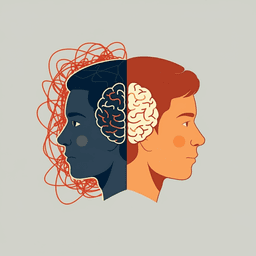
Health and Fitness
Selection homophily and peer influence for adolescents' smoking and vaping norms and outcomes in high and middle-income settings
J. M. Murray, S. C. Sánchez-franco, et al.
This study reveals how social norms around adolescent smoking and vaping are influenced by friendship networks, using behavioral economics to assess selection homophily and peer influence. Conducted by a diverse team of researchers, the findings underline the significance of these social dynamics in shaping smoking prevention strategies across different economic contexts.
~3 min • Beginner • English
Related Publications
Explore these studies to deepen your understanding of the subject.







